In June 2022, InterGroup was appointed by Channel Infrastructure (formerly Refining NZ) to provide manual tank cleaning services. This formed part of the decommissioning stage of the transition from a refinery to a terminal storage facility, with some tanks earmarked for a change in product service. We have cleaned approximately 40 tanks, previously used to store crude, finished fuel and other hazardous substances. With tanks allocated different priority levels aligned to the terminal transition sequence and schedule requirements, the project was split into two groups and is now nearing completion.
Marsden Point Manual Tank Clean with Channel Infrastructure
The Project
Led by our Area Manager Ryan Naidu, and drawing on the expertise and experience of the Northern Industrial Operations and Administration teams – as well as our National Compliance Management team, we planned, programmed and delivered safe and efficient work – meeting all the client’s time, cost and broader delivery requirements.
Zone 0 Non-Man Entry Robot
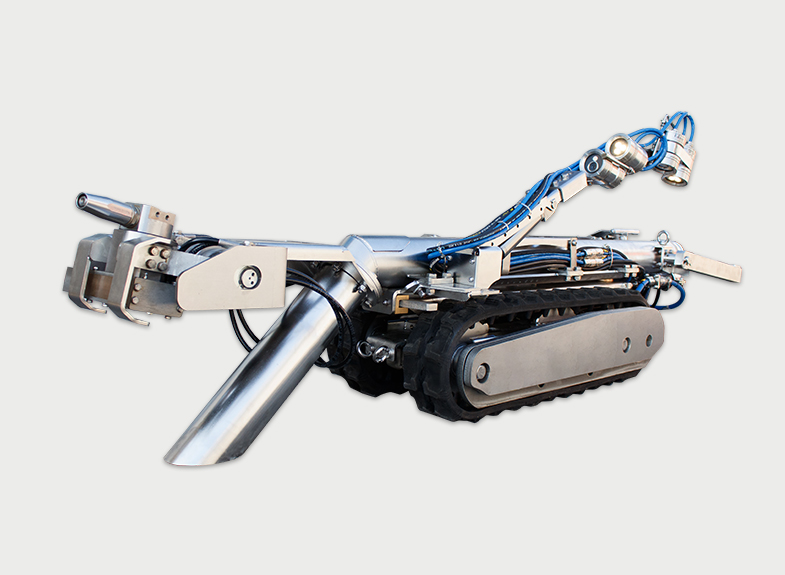
Delivering Strong HSE Performance
With a ‘No Spill’ culture and high safety and environmental standards, a strong performance in this regard was vital to the client and is always front of mind for Intergroup. Our existing presence at the refinery meant we brought a depth of familiarity with the client’s systems and procedures. This helped us to meet the ongoing challenge of successfully delivering multi-disciplined work site packages within this extremely high-risk operational environment. We delivered exceptional environmental and safety outcomes with zero spillages and loss of containment and 45,000 manhours without a safety incident. This was achieved through the implementation of our expertly designed methodologies and by minimising manned entry through the use of the Gerotto robotic system.
What We Did
Our dedicated and expert team has delivered sludge removal and detailed cleaning of 33 hydrocarbon tanks, including nine large diameter floating roof crude tanks via confined space man entry requiring breathing apparatus and extensive health and safety planning. Detailed cleaning has been to a class II/IV level of cleanliness as dictated by the intended re-purposing of the tank. In total, around 4000m3 of sludge has been removed from crude tanks. Tank cleaning works have been delivered through a range of methods – manual, magnetic (utilising our Verti Drive magnetic tank cleaning robot) and, for heavy sludge intensive crude oil tanks, our new Gerotto Zone 0 robotic tank cleaning system.
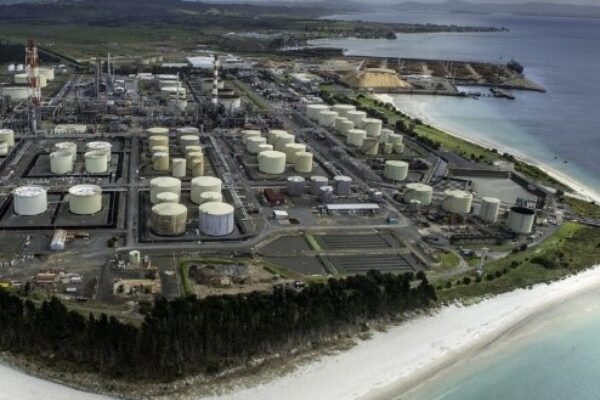
The Marsden Point site is being transitioned to a terminal storage facility, requiring complex industrial tank cleaning under highly challenging conditions
Meeting complex Challenges
Numerous and varying challenges were faced by our team on-site. Frequent changes to the tank availability schedule, based on the terminal transition plan, impacted on the management, planning and delivery of the project works. Regular and clear communication with the client was vital to integrate these, and our agile approach and strong client relationships helped to keep the works running smoothly and within the required timeframes despite required changes.
Integrating and operating the new technology (Gerotto) with no past experience was also challenging for our team on the ground. However, understanding the wide-ranging benefits of using this new system, we invested time in familiarising appropriate staff with the optimal operation of the robot – and the challenge very quickly became an opportunity realised.
Adding Value through Innovation
InterGroup has an impressive history of introducing innovative technology into New Zealand. This project benefited greatly from our approach to challenging the status quo – bringing in the Gerotto Lombrico robotic system which, while widely used to de-sludge and clean crude tanks in refineries in Western Europe, was a first for New Zealand.
Designed and certified to operate in an explosive atmosphere where the risk is continuous, this remotely operated crawler fits through a standard 24” manway and enhances efficiency by being able to be deployed immediately upon removal of the manway cover. This reduces both the required manpower and tank cleaning time. In addition, it provides significant health, safety and environmental benefits by eliminating exposure to toxic waste and the need for a nitrogen blanket or tank venting.
As well as being Zone 0 rated, the unit is fitted with a low pressure and volume jet nozzle system, used to introduce diluted cutter stock to agitate and fluidise the sludge. This feature enables the sludge to be easily vacuumed through the system and the fluidised sludge then extracted from tanks via the head of the “ATC” with sludge vacuumed using High Capacity 3A Vac Trucks
Added Value of our Industrial Team
The value of our technical expertise and ability to problem solve as we go was demonstrated on the T04 (crude tank conversion to Jet-A1). This required a first of its kind solution, to provide a full internal shell clean without any resulting jet contamination.
Despite the complex nature of the work, InterGroup’s experienced industrial team delivered to the required quality standards and within the cost and schedule we had committed to CHI.
Revitalising Auckland's Civic Administration Building
Lead Primer Removal and Intumescent Coating
This project aimed to reinvent Auckland’s iconic Civic Administration Building from a stalwart of local government to a vibrant mixed-use development in the heart of the central business district – the cornerstone of the Civic Quarter development. By renovating the building whose original use no longer best fit the location or design, the developer opted to repurpose the property and retain most of its internal structure and steelwork.
What we did
InterGroup was initially engaged by Naylor Love to undertake corrosion protection and intumescent coatings on the in-situ steelwork, initially beginning work on the perimeter of one of the towers. The scope of works was increased to include fireproofing and corrosion protection of the entire tower and adjacent basement area.
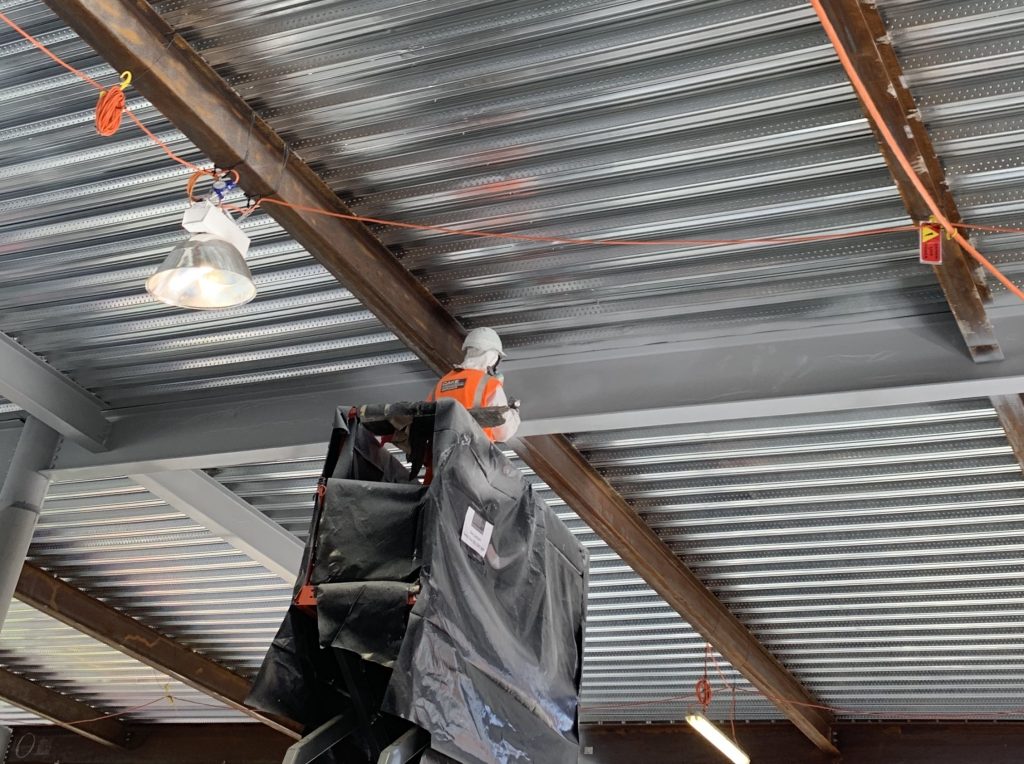
Challenges
During the demolition process, it was discovered all steel within the building had been coated with a primer containing lead during the initial construction in the mid 1960’s. This significantly impacted on the construction programme and extended the scope of works to include the encapsulation, extraction and urgent removal of lead affected areas. The work was further complicated and delayed by the Level 4 COVID-19 lockdown enforced in Auckland in August 2021.
Management and removal of the lead primer became a very expensive and drawn-out process, with the implementation of lead contamination protocols such as capturing all airborne contaminants from the manual scraping and removal of the affected primer and the requirement for decontamination showers, PPE and additional manpower for the manual removal method initially adopted.
The Level 4 lockdown in August 2021 put a halt to all works on site. Once Auckland was moved to Alert Level 3, contractors were allowed back on site but working under strict Covid-19 safety protocols with restrictions on the number of contractors able to be on site at any given time, and additional PPE and precautionary protocols put in place and stringently adhered to.
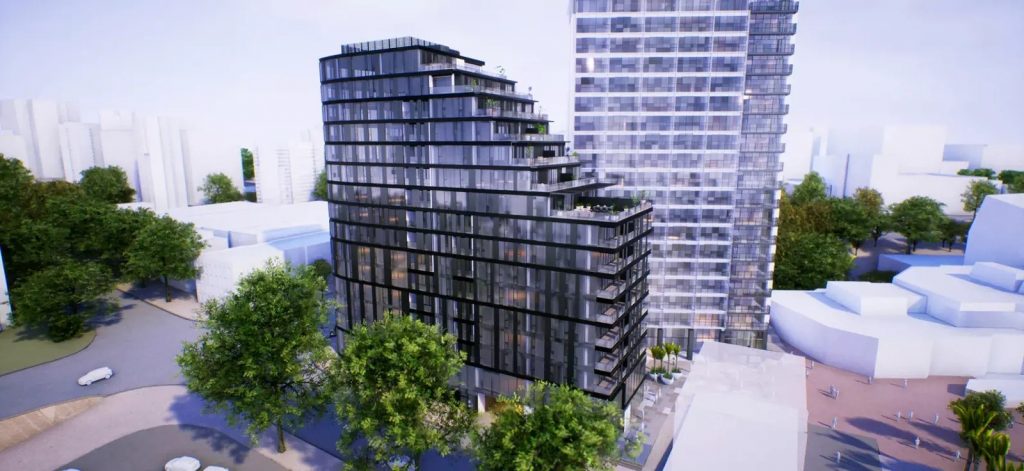
Adding value through innovation
InterGroup investigated and offered an alternate removal process to assist the client in mitigating the cost and time impact to the project of continuing the manual lead primer removal process. We introduced the use of a revolutionary paint removal system specifically formulated product designed to remove multiple layers of paint in one application. The product was applied to the steel components, encapsulating, lifting, and removing the lead primer. The use of this system meant a reduction in the level of management required to remove contaminants, providing cost and time efficiencies for the client by reducing the labour requirement and encapsulation costs.
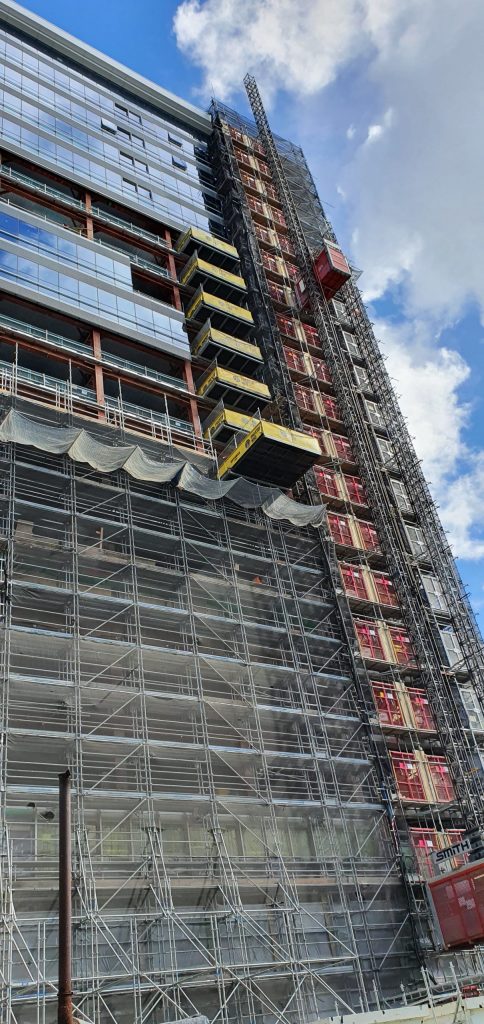
Overall performance
Despite the delays to the overall programme caused by the lead primer, InterGroup completed our scope of work on time and to budget maintaining a strong health, safety, quality and environmental focus.
Drone Technology with LiDAR Provides Emergency Assistance
The Project:
A critical situation arose in a large city centre, when a section of the main sewer line collapsed causing a burst pipe and a 13m sinkhole. With the collapsed sewer servicing large parts of the highly populated city, urgent investigation and resolution was required and InterGroup approached the client to offer our support.
The client needed the following:
- An immediate understanding of the root cause of the collapse and the condition of the surrounding assets
- A safe means of accessing this information, with too many unknowns to send in personnel
- Clear visual data from which to derrive the best possible solution
Equipped with cutting-edge drone technology with LiDAR capability, InterGroup offered a proactive and immediate response. When the client confirmed their need for our assistance, we mobilised to site the same day.
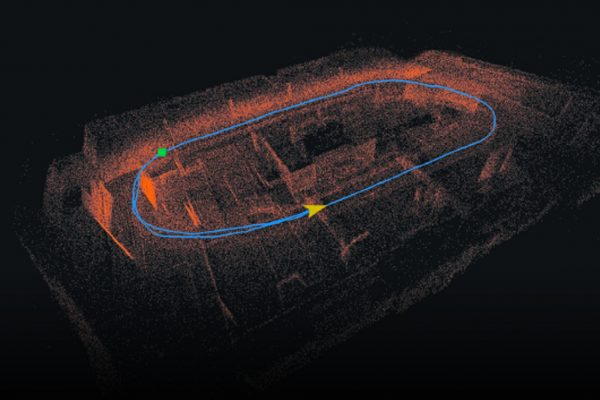
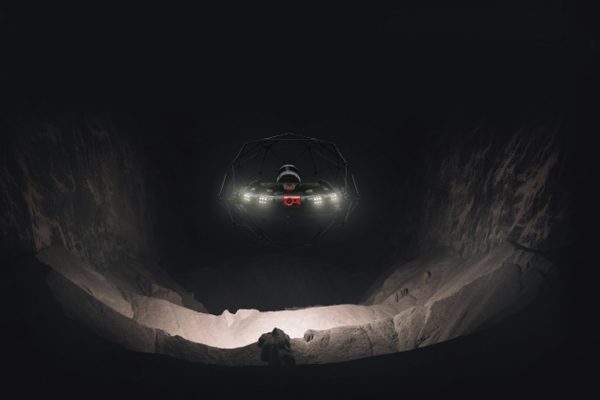
Embracing Technology To Enhance Safety And Project Outcomes
Our state-of-the-art drone eliminated the need for human entry and enabled a comprehensive assessment of the pipe network. Using LiDAR, we precisely located and quantified the volume of rubble, while also identifying additional defects such as pipe holes. These findings offered invaluable insights into the extent of the damage, enabling the asset owner to make informed decisions for efficient and targeted remediation.
InterGroup’s rapid deployment of this advanced drone technology played a pivotal role in delivering a swift and effective solution to this urgent infrastructure challenge.
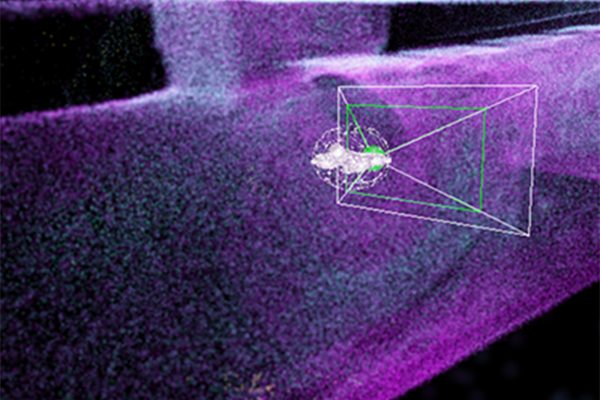
Pioneering Elliptic Sewer Pipe Assessment Using Cutting-Edge Drone Technology
The InterGroup team successfully conducted a comprehensive condition assessment of the Elliptic Sewer Pipe, using our drone equipped with Simultaneous Localization and Mapping (SLAM) technology – a first for New Zealand. The highly sensitive and precarious work involved navigating four sections of the pipe, covering a total distance of approximately 992 meters.
Over a period of a day and a half, the team’s work and outputs surpassed the client’s expectations – gathering all the required information safely and efficiently. The resulting mapping and imagery allowed the client to gain a full understanding of the damage to the pipe, the state of the debris and to identify additional areas of concern to be factored into remediation planning.
InterGroup’s seamless execution, technical expertise, and commitment to safety were vital elements in the overwhelming success of this highly complex, pressured and challenging project.
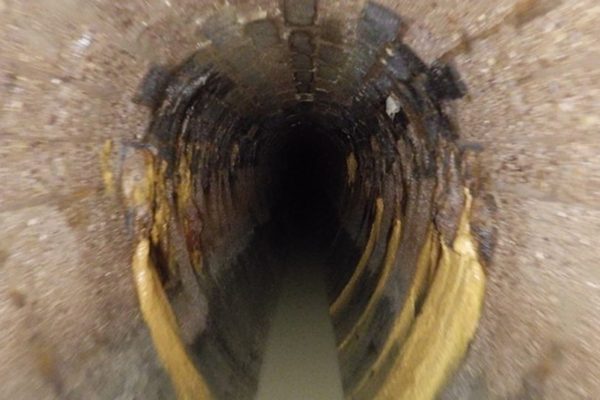
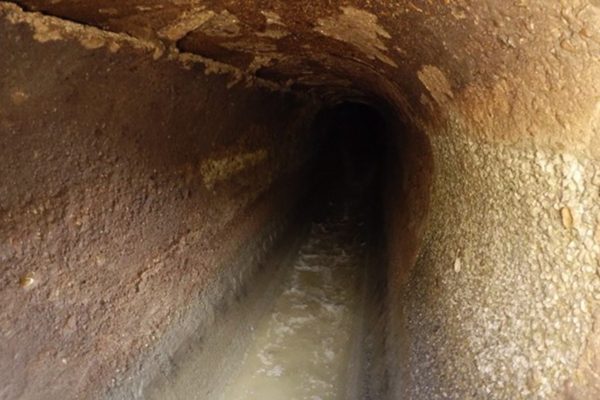
New Resource Recovery Facility Construction Underway
Construction of InterGroup’s brand new Resource Recovery Facility is underway!
InterGroup is excited to announce construction of our new, state-of-the-art resource recovery facility is well underway at our Auckland premise. This wet processing plant will be equipped with world-leading dewatering technology with the ability to clean and grade aggregate material – providing maximum recovery and diversion from landfill.
The Challenge
The New Zealand Infrastructure Commission has found that waste from construction makes up between 40 to 50% of all waste sent to landfill – around 4.4 million tonnes annually from construction and demolition sources.
InterGroup, as a leading provider of industrial and infrastructure services to local and central government and private entities, is invested in improving waste diversion through our activities and across the sector.
Waste generated by street sweeping and hydro excavation activities in particular pose challenges when it comes to disposal. This is due to the mixing of materials and contamination levels. To mitigate this, InterGroup has invested in a number of dewatering plants in recent years, going some way toward reducing the volume of waste we send to landfill. However, these plants are limited in their capability to support recycling and reuse. Given this, InterGroup has thoroughly investigated options to improve our waste management – and to contribute to improved environmental outcomes across the sector.
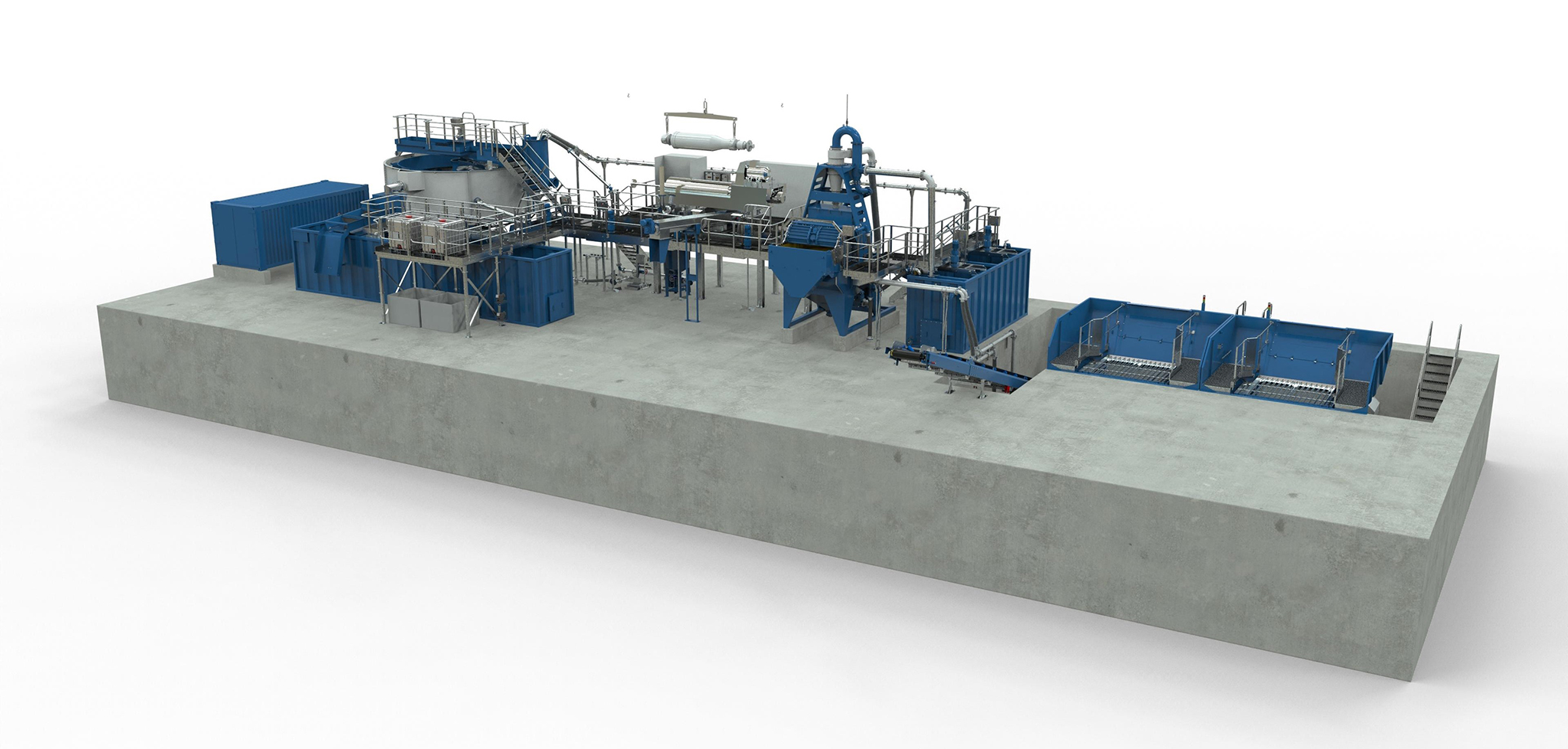
A Schematic Snapshot of Our Future Facility
Our Solution
InterGroup is constructing an industry-leading resource recovery facility at our Stonedon premise. The technology we have incorporated is world-leading, and a first for New Zealand, with:
- A dedicated tipping station to ensure maximum dewatering and processing of slurried waste materials. This will produce clean reusable sand, aggregate, and water products.
- A water cleaning and treatment system which allows up to 90% of process water to be recycled and immediately re-used within the plant.
- A scrubbing and filtration system that carries out pre-screening, scrubbing, organics removal, sizing, stockpiling, fines recovery and filtrates removal; and
- A two-stage separation and classification system which includes high-pressure washing to effectively remove contaminants and provide the highest possible quality of final products.
For us, and our customers, this will result in enhanced recycling outcomes and an impactful contribution to achieving waste reduction targets.
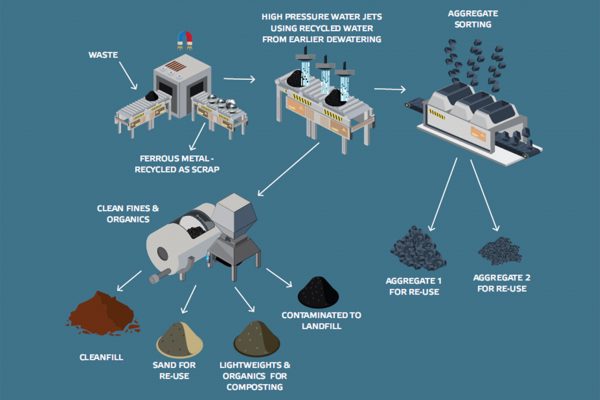
The Key Benefits Of Our Facility
- Partnering with CDE means our facility benefits from the guidance, technology and innovation of global leaders in materials wet processing. CDE has refined their knowledge and products over 30 years in business and delivered over 2000 waste processing projects worldwide.
- As NZ’s leading wet processing plant it will provide the opportunity to reuse material avoiding disposal to fill facilities.
- The ability to reuse materials in infrastructure activities will contribute to greener construction.
- Will support enhanced environmental outcomes with tangible reductions to align with our customer’s environmental targets and support industry wide targets.
Why Choose Us?
This facility is more than just a dewatering plant. It is a comprehensive solution which will clean and process solids – transforming them into high-quality aggregate and sand. These outputs can then be reused on projects.
Employing the most innovative technology on the market, supplied by CDE – global leaders in wet processing solutions for waste recycling and mineral processing – this facility will support maximum retrieval and reuse, and will ensure InterGroup’s new waste processing facility sets the standard in the New Zealand market.
Victoria Street Bridge Repaint and Structural Maintenance
Victoria Street Bridge Repaint and Structural Maintenance
Constructed in 1907, the Victoria Bridge is a 141m long and 35.4m high steel plate girder deck arch across Waikato River linking central and east Hamilton. Exposed to harsh environmental conditions, it requires repainting every 20 – 25 years to provide protection against deterioration and corrosion.
In mid-2022, after a successful tender process, Waipa District Council engaged InterGroup to provide water wash and corrosion protection services, and structural repairs.
Waipa District Council were clear about what they wanted from this project:
- A contractor experienced in spot repairs and full repaints of large-scale infrastructure
- Minimal disruption over the duration of the project
- Robust subcontractor management
- A strong environmental performance
- Exceptional communication
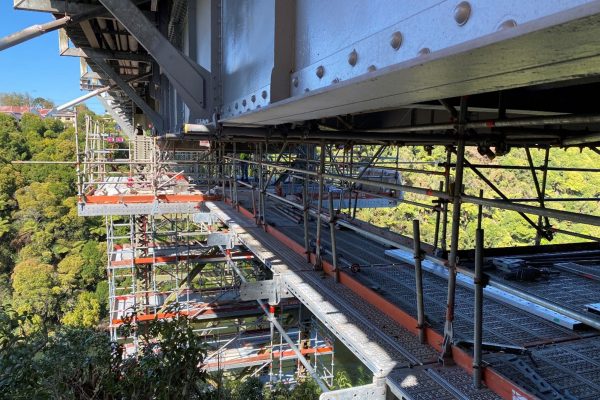
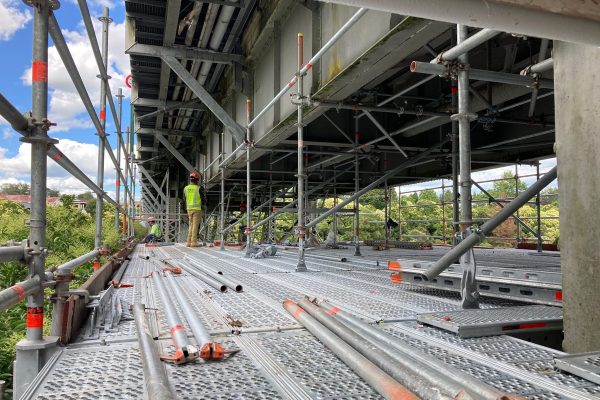
A Public Heritage Structure
The bridge is a designated Public Heritage structure, and its future was at the centre of some debate during the local elections. Proactive communication of work and progress to Council was vital to ensure they were well-equipped to update interested ratepayers and other members of the community. We worked closely with Council’s appointed Communications Specialist, feeding into regular updates provided on their website and through an E-Newsletter. This proactive approach meant the project was completed without public complaints.
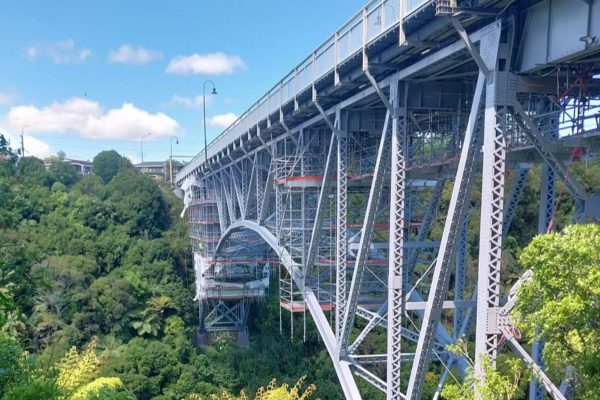
What We Did
This was a complex project, conducted at height, over water and on an operational and highly trafficked road and pedestrian bridge. It required a stringently systematic approach and robust methodology to safely and efficiently deliver the broad scope of works. Works included vegetation clearance and scaffolding setup and wrapping, asbestos encapsulation, water blasting and coating remediation, structural concrete repairs, steel remediation, spot corrosion repairs and bird spike installation. We also provided additional works such as steel crevice sealing, installation of welding strain gauges for traffic impact tests, anchor block repairs, Dexafeet reinforcement, and handrail improvements.
Key challenges were posed by working at height, over water and in high winds. Our rigorous safety and environmental procedures were followed at all times, and our scaffold design and installation process and innovative ‘leapfrog’ staging system ensured safety, efficiency, and on-time completion.
Maximising Value
InterGroup’s commitment went above and beyond the core project. In close collaboration with Waipa District Council we sought to maximise value to the community – carrying out additional arborist work to improve visibility of this landmark bridge, while also providing added protection with the use of anti-graffiti coatings in the more graffiti-targeted areas of the bridge.
We also achieved a number of efficiencies through staging, methodology and product selection, including:
- Our innovative ‘leap-frog’ staging and scaffolding methodology minimised disruption while maximising safety and environmental outcomes. This approach ensured the structural integrity of the bridge was never compromised and meant the bridge could safely remain open and operational throughout. This was an unexpected added benefit for Council, who had anticipated significant disruption from traffic management and bridge and lane closures.
- Working with Council and our suppliers, we decided on moisture-cured urethane paint. With its ability to be applied successfully in a wide range of conditions, this product choice significantly accelerated the programme, enabling us to complete by Council’s 2023 deadline despite numerous variations and added scope.
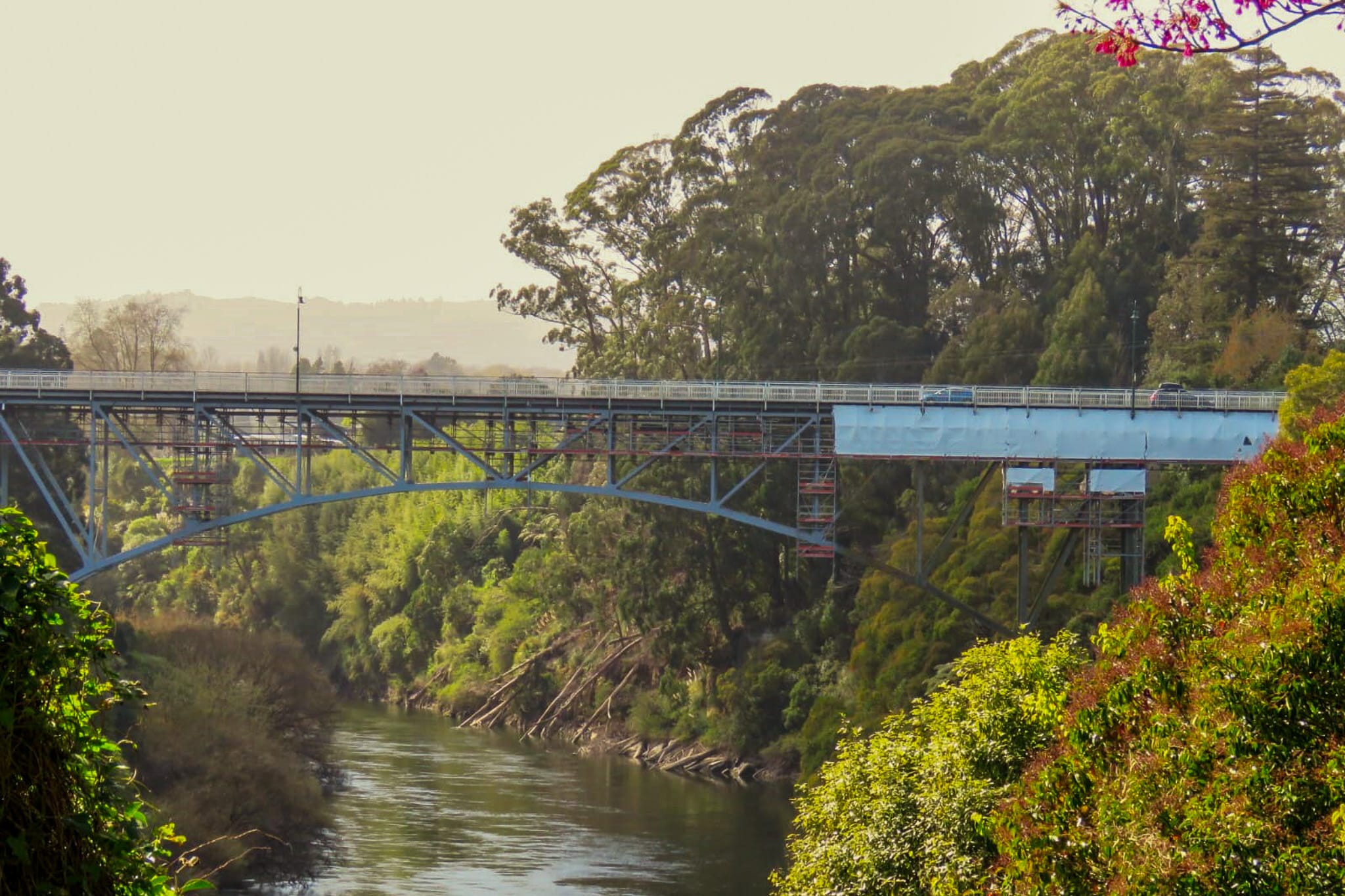
Overall Performance
The project was completed in line with the client’s budget and programme, with a strong health, safety, quality and environmental performance and to the client’s satisfaction.

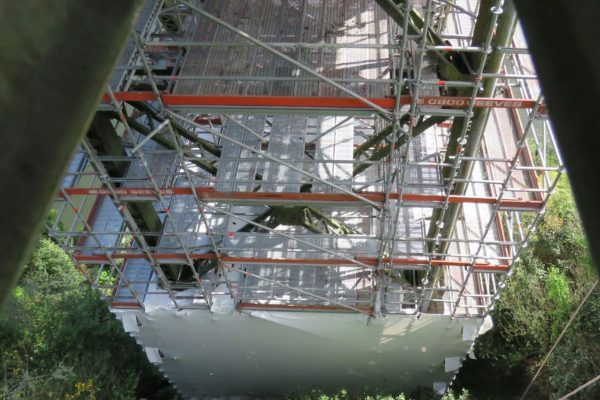
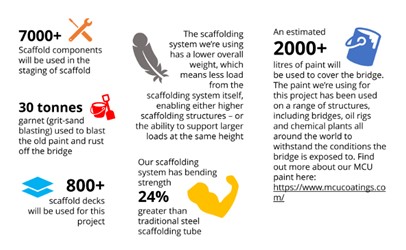
Client Feedback
We are very grateful to InterGroup for their great work. They delivered on their promises, and provided great value for money. They were very attentive to safety and used the latest technology and techniques. They lead the team of contractors that were needed to get this job completed, and would gladly use them again as the lead contractor. They also positively contributed to the planning of the works to ensure Council got the best value possible.
The bridge was an important and historic link in our district. The community is very happy with the completed job, and the lack of disruption during the works.
Paul Strange, Asset Management Team Leader -Transportation, Waipa District Council